On this day (October 8) in 1884, Harry McClintock was born in Uhrichsville, Ohio. As a child, he ran away from home and joined the circus. This choice led him to a life of adventure that took him to China, the Philippines, Africa, and all across the United States. He worked on countless railroads, assisted the US military, covered historical events alongside journalists, and worked as a union organizer with the Industrial Workers of the World. Known widely as Haywire Mac, he also wrote and sang multiple enduring folk songs, including “The Big Rock Candy Mountain.”
Videos by American Songwriter
McClintock’s family moved to Knoxville, Tennessee, shortly after his birth. He first sang publicly at the age of 12 in the choir at St. John’s Episcopal Church. However, that didn’t last long. When he was 14, he ran away from home to join the Gentry Brothers Circus. He traveled with the circus for a while before he began hopping freight trains, traveling around the United States in search of work.
According to The Haywire Mac Story, McClintock traveled to New Orleans, where he learned that he could support himself by singing as well as working odd jobs. Before long, he was riding the rails again. It was during this period that he wrote two of his most famous songs. “The Big Rock Candy Mountain” is one of the most enduring hobo songs in history. It appeared in the 2000 film O Brother, Where Art Thou. “Hallelujah I’m a Bum” became a standard among union workers and organizers, appearing in the IWW’s Little Red Songbook.
Haywire Mac Saw Numerous Historical Events
Haywire Mac was too young and small to join the military when the Spanish-American War began in April 1898. So, he chose to entertain troops stationed in Chattanooga, Tennessee, by singing for them. Then, he took the job as a muleskinner and drove a team of mules that transported supplies for United States military forces in the Philippines.
When the three-month conflict came to an end, McClintock traveled to China. There, he assisted journalists who were covering the ongoing Boxer Rebellion. The nearly two-year-long uprising saw supporters of the Qing dynasty and the Society of Righteous and Harmonious Fists fighting against imperialism, foreign influence, and encroaching Christianity.
After witnessing two historical conflicts, McClintock returned to the United States for a short time. His further travels took him to Africa, Rhodesia, Australia, and England, where he witnessed the coronation of King Edward.
From Hobo to Radio Star
Haywire Mac began his radio career when he competed in a talent contest for KFRC in San Francisco, California, in 1925. He performed “The Big Rock Candy Mountain,” which won him regular spots on multiple radio shows. On Mac and His Gang, he sang cowboy songs for children, according to Travelanche. McClintock also appeared on Blue Monday Jamboree alongside some early radio and TV notables, including Jess Oppenheimer, who would later be a producer for the groundbreaking comedy TV show I Love Lucy. Additionally, he appeared on The Happy Go Lucky Hour, a spin-off of Blue Monday Jamboree.
Haywire Mac didn’t make his first recordings until March 1928. Over three years, he recorded nearly 40 songs for Victor Records. However, most of his songs had worked their way into the American folk music repertoire because he had been performing them for decades. Additionally, he sold the sheet music for some of his most popular songs during his live performances to make extra cash. As a result, he was unable to collect royalties on many of his recordings.
Later, in 1953, famed folklorist and song collector Sam Eskin recorded Haywire Mac singing several songs for Smithsonian Folkways.
Harry “Haywire Mac” McClintock didn’t make music for money. Instead, he was the prototypical folk singer. He was a man who lived for adventure, freedom, and justice. More importantly, he sang from the heart.
Featured Image by Underwood Archives/Getty Images

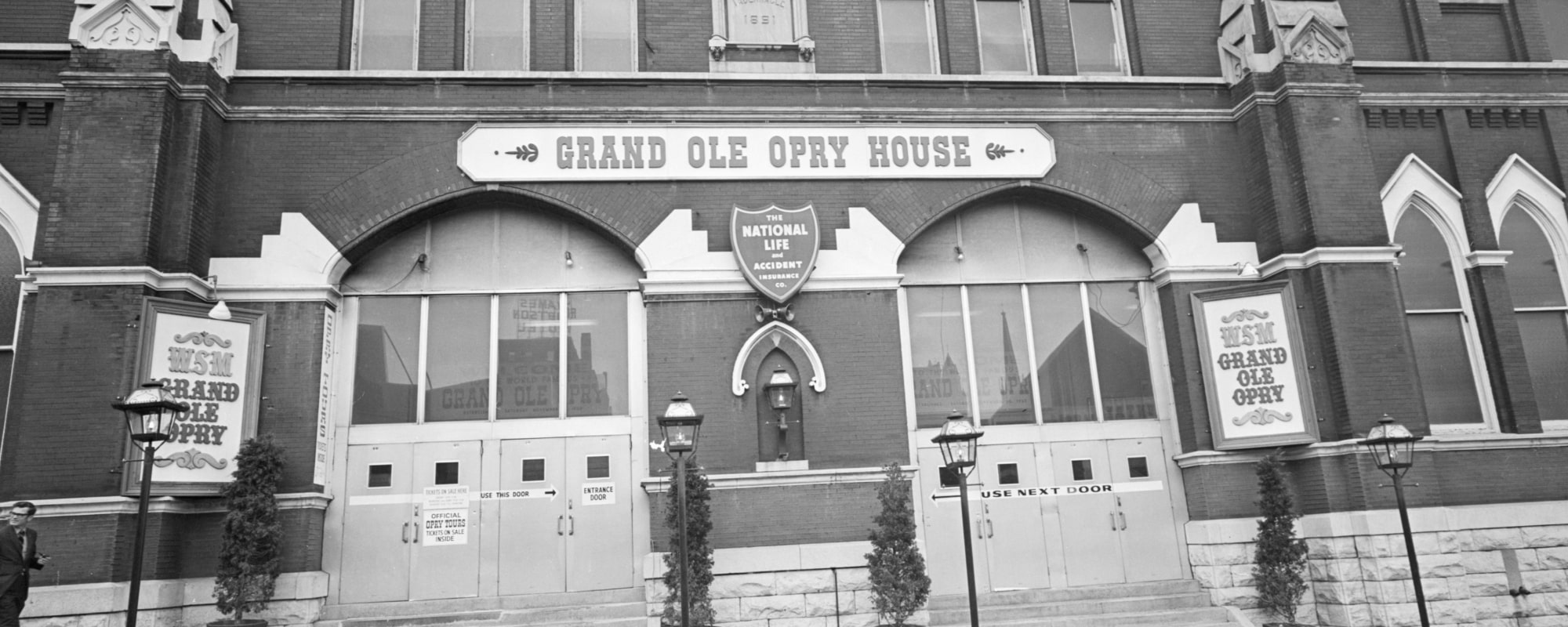




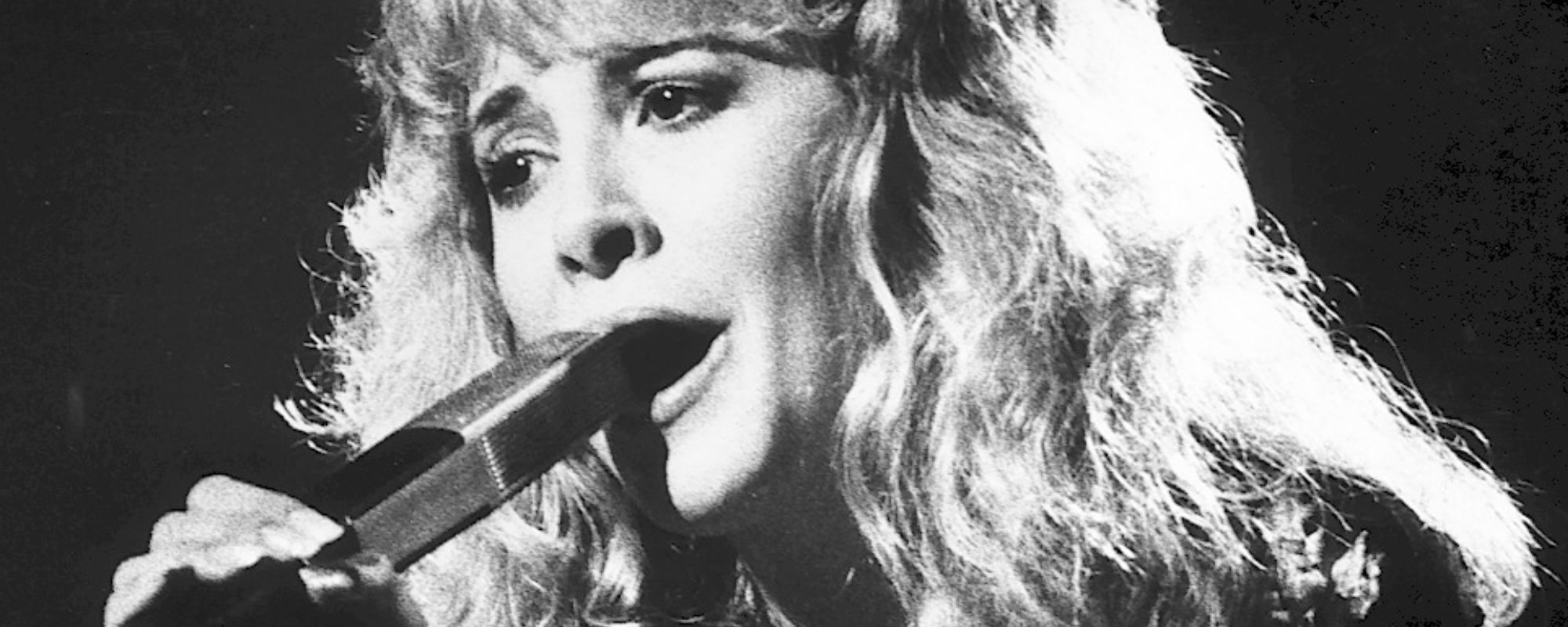
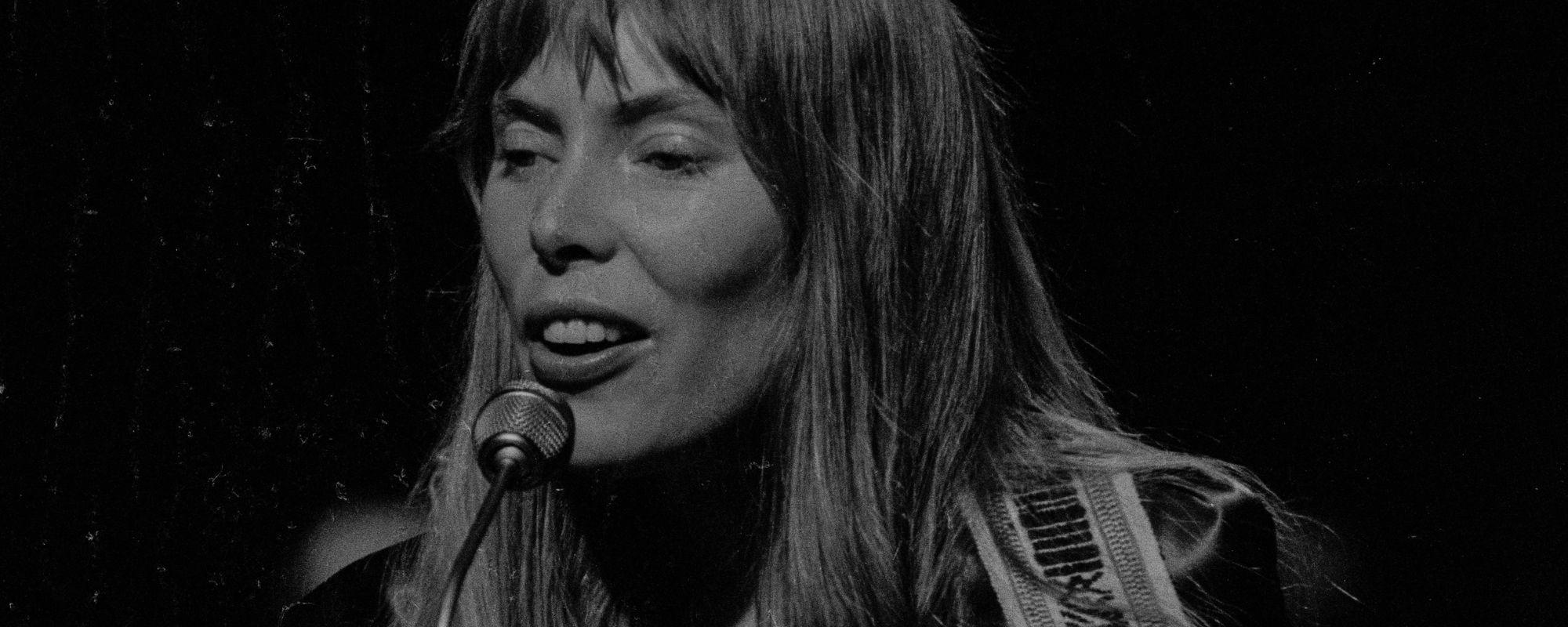

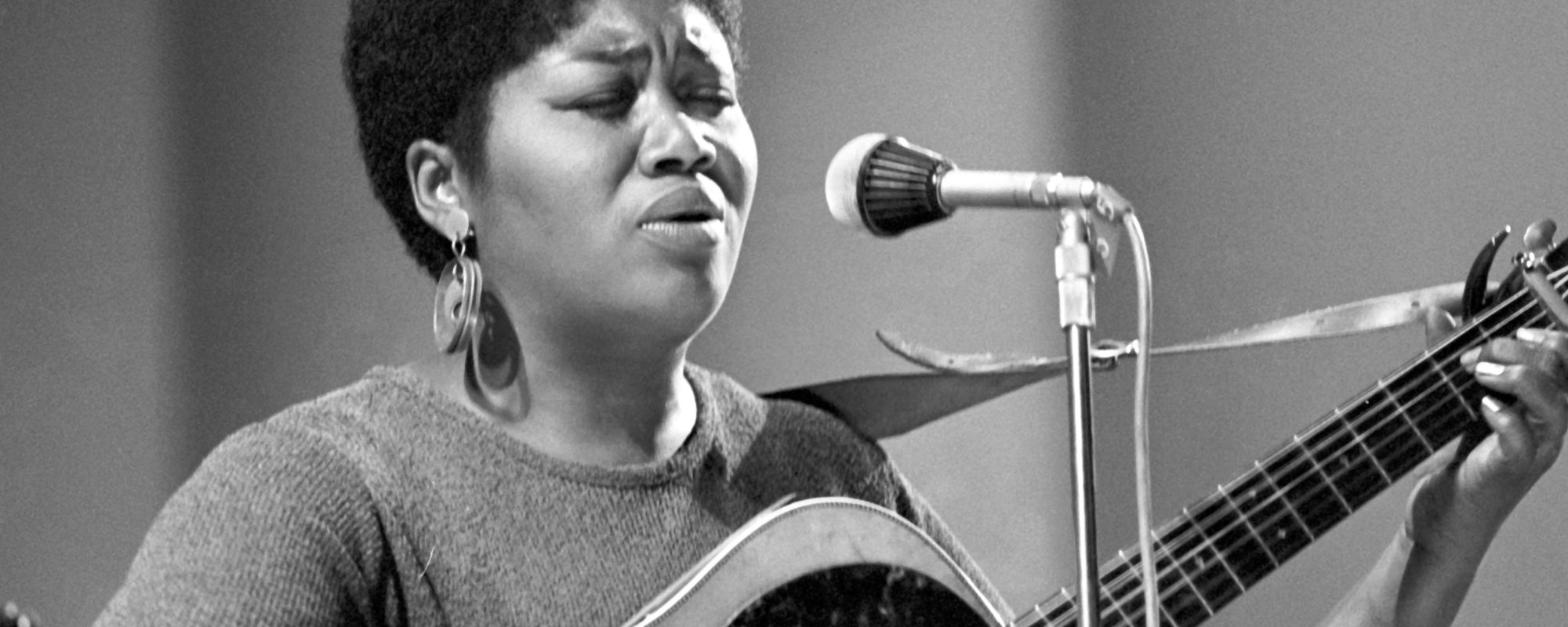
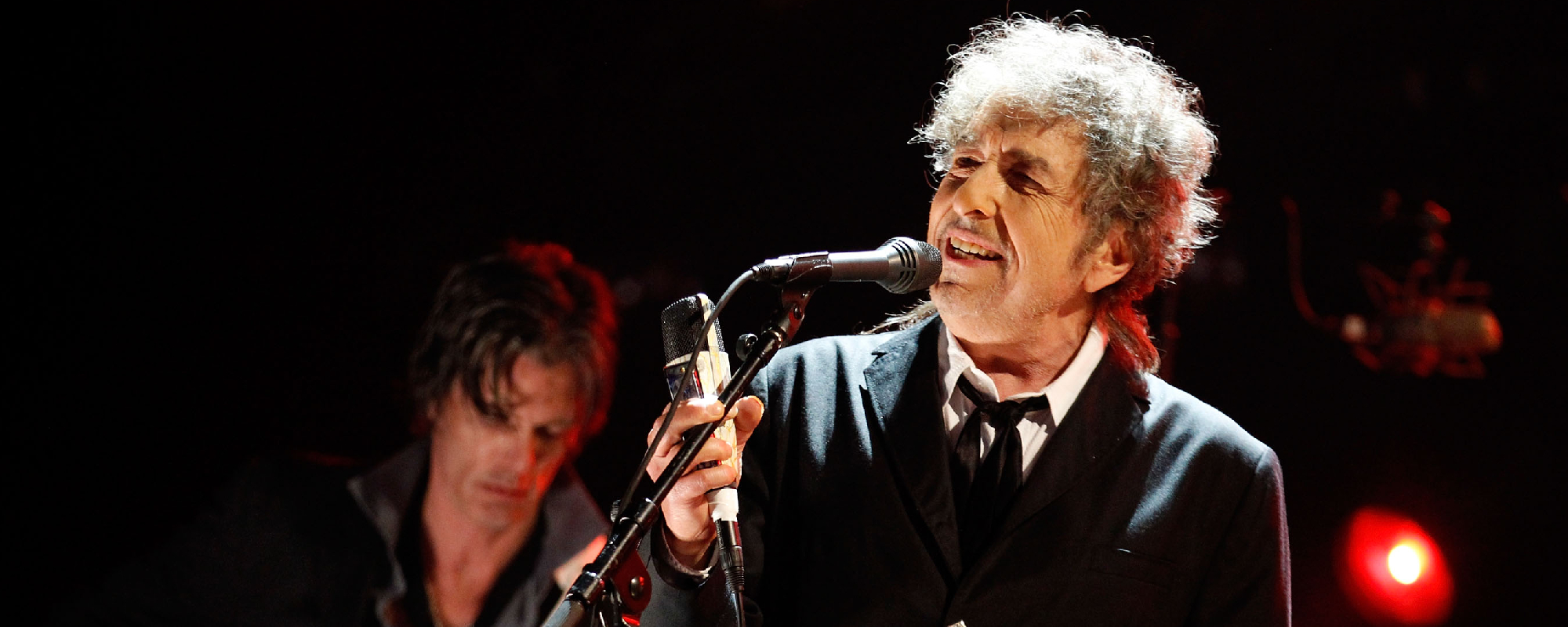

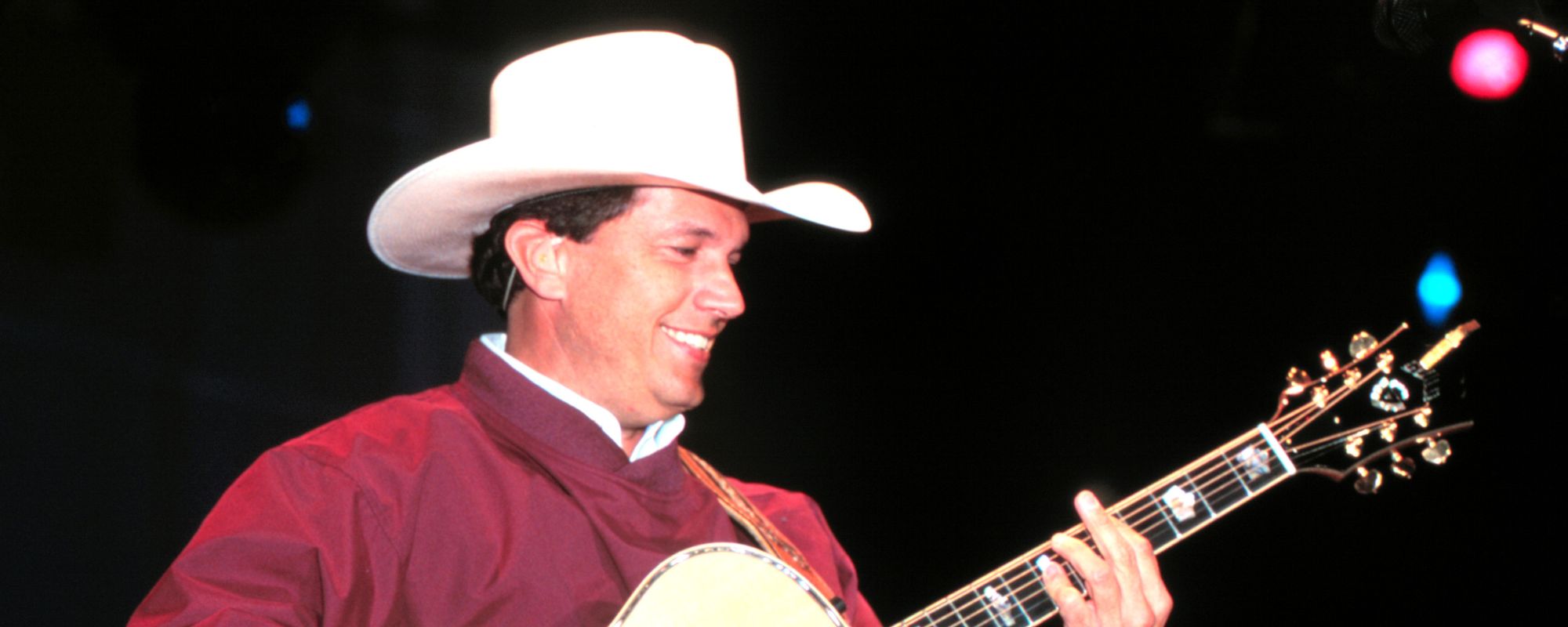
Leave a Reply
Only members can comment. Become a member. Already a member? Log in.